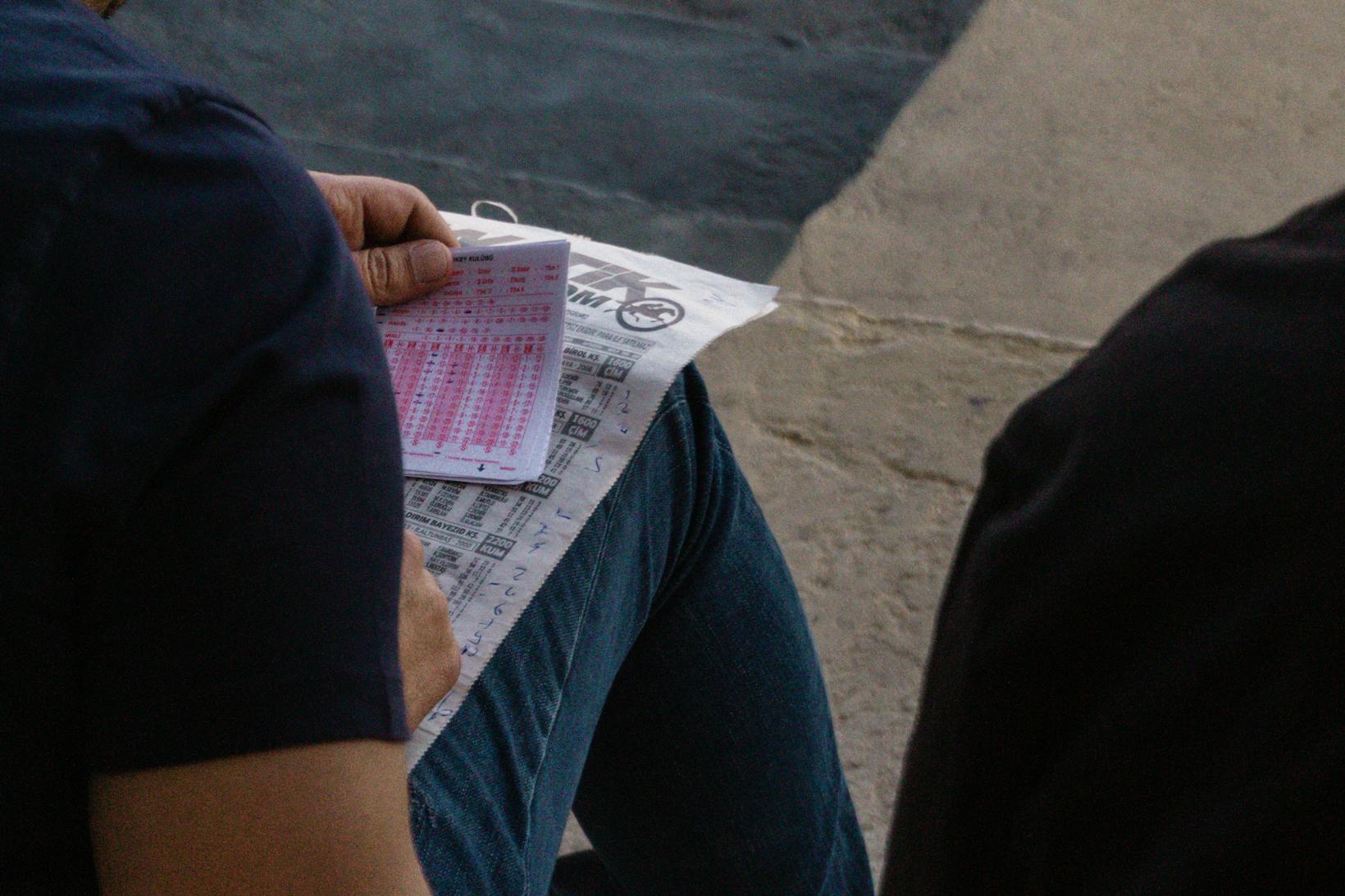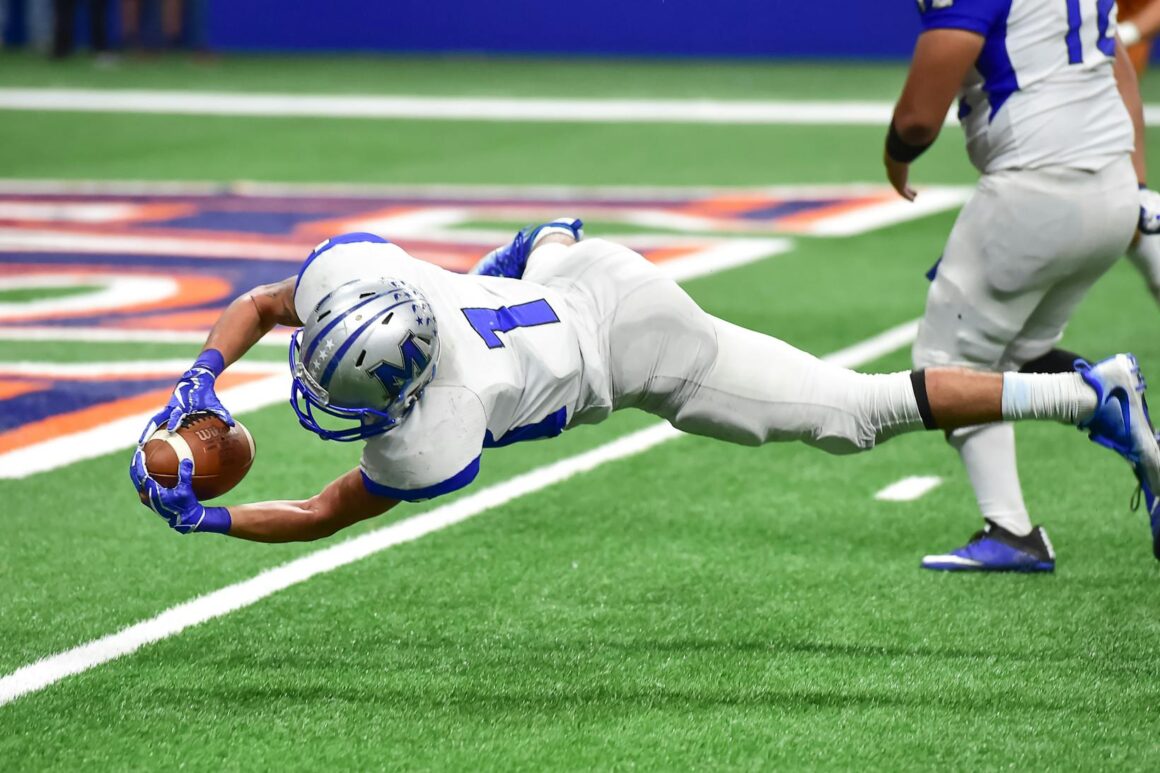
Football spread betting has taken the sports betting world by storm, offering a unique twist compared to traditional fixed-odds wagering. Instead of simply predicting a win or loss, bettors engage with the game’s dynamics, predicting the margin of victory or defeat. This approach adds an extra layer of excitement and strategy, making every play count.
Unlike conventional betting, where outcomes are binary, spread betting allows for a range of possible results, giving bettors more control over their potential winnings or losses. It’s not just about which team wins but by how much, making it a favorite among seasoned bettors looking for a more nuanced challenge. Whether you’re a novice or a pro, understanding the ins and outs of football spread betting can significantly enhance your betting experience.

Football Spread Betting
Football spread betting involves predicting the margin of victory or defeat rather than the outright winner. Bettors benefit from a range of possible outcomes. The two main components are the “spread” and the “stake”. The spread indicates the expected margin of victory. For example, if the spread is +7 for the underdog, that team must lose by fewer than 7 points or win outright for a bet on them to be successful.
Unlike traditional fixed-odds betting, where outcomes are binary, spread betting allows for precision in predicting scores. This precision means potential winnings or losses are not fixed but vary based on accuracy. For instance, if a team beats the spread by a large margin, the bettor’s profit increases proportionally.
Risk management is integral to football spread betting. Bettors can place “buy” or “sell” bets. A “buy” bet means predicting a result above the spread, while a “sell” bet predicts below the spread. Using the +7 spread example, a “buy” bet on the favorite would pay out if they win by more than 7 points. Conversely, a “sell” bet on the underdog would pay out if they lose by fewer than 7 points or win outright.
Tools like stop-loss orders and spread limits help manage risks. Stop-loss orders automatically close bets to limit losses. Spread limits cap the range within which bettors can win or lose, providing a safety net and preventing excessive losses.
To get started, bettors select a spread from a bookmaker, decide the stake per point, and place their bet. Monitoring game developments closely is essential. Strategies often involve analyzing team performance, player statistics, and other factors influencing game outcomes.
Football spread betting adds depth and complexity, attracting bettors looking for nuanced strategies and dynamic wagering experiences. Knowing how spreads work and managing risks effectively is crucial for success.

How Football Spread Betting Works
Football spread betting involves predicting the margin of victory or defeat rather than merely the outcome. Understanding the fundamentals and terminology is vital for successful betting.
Spread betting operates on two main factors: spread and stake. The spread, set by bookmakers, predicts the margin of a team’s victory or defeat. Bettors decide to “buy” if they think the actual result will be higher than the spread or “sell” if they expect it to be lower. The stake is the amount placed per point.
Consider an example where the spread for a game is set at 2-4 points. If a bettor buys at $10 per point and the team wins by 6 points, the profit equals (6 – 4) * $10 = $20. Conversely, if the team wins by 1 point, the loss would be (2 – 1) * $10 = $10.
- Buy Bet: A bet placed when predicting the actual result exceeds the spread. For instance, if a spread for total goals is 3-4 and total goals are 5, a buy bet would profit.
- Sell Bet: A bet placed when predicting the actual result is below the spread. Using the same total goals spread (3-4), a sell bet profits if goals are fewer than 3.
- Stake: The amount wagered per point. Higher stakes increase potential profits and losses. For example, a $20 stake and a 3-point spread movement result in $60 gain or loss.
- Stop-Loss Order: A predefined point to limit losses. If a bettor’s loss reaches a set threshold, the order closes the bet automatically, minimizing sever impacts.
Understanding these basics and terminologies helps navigate football spread betting effectively. Mastery of these concepts is essential for developing strategies and managing risks.






